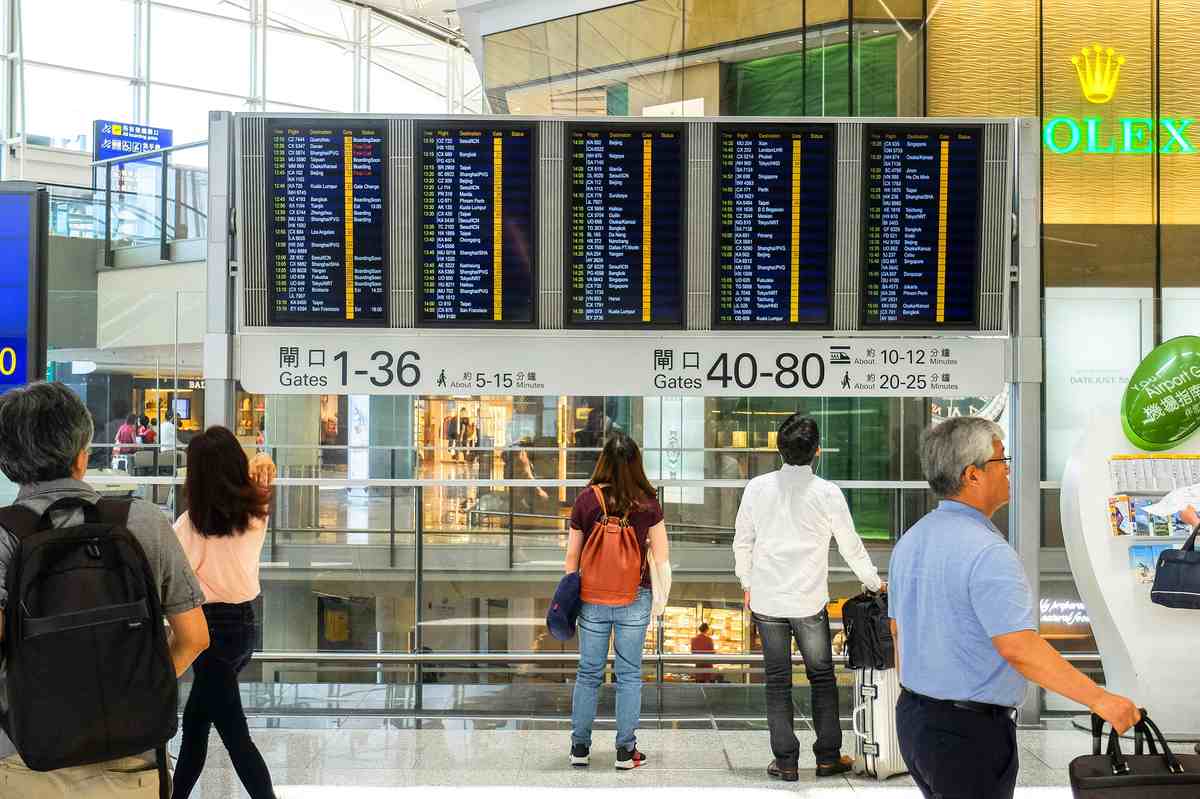(COLUMBIA, SOUTH CAROLINA) A disabled airplane on the main runway brought Columbia Metropolitan Airport (CAE) to a standstill on Tuesday, August 12, 2025, halting all air traffic for more than two hours starting at 1:33 p.m. Airport officials said a small general aviation aircraft became disabled after landing and blocked the primary runway while crews worked to remove it and inspect the surface.
With the secondary runway closed for scheduled construction, there was no backup option, forcing a full pause in arrivals and departures. By about 3:45–3:55 p.m., crews had cleared the aircraft and completed safety checks, and flights began moving again. The airport confirmed no injuries to passengers or crew.

As of August 13, 2025, CAE reported normal operations fully restored, with flights running as scheduled. Travelers were urged to check directly with airlines or visit the airport’s website (www.FlyCAE.com) for the latest flight status.
Incident impact and confirmed facts
Airport communications and local coverage confirmed these key facts:
- Incident time: 1:33 p.m., August 12, 2025
- Type of aircraft: Small general aviation plane
- Cause: Not yet disclosed by officials
- Duration: Just over two hours, reopening around 3:45–3:55 p.m.
- Impact: 8 arrivals and 9 departures disrupted; at least 4 diversions
- Secondary runway: Closed for planned construction (no alternative runway available)
- Injuries: None reported
- Current status: Normal operations as of August 13, 2025
“Ground crews secured the area, removed the disabled airplane, and then carried out required inspections to confirm the runway surface was safe. Only after those checks did operations resume.”
Officials did not disclose the cause of the aircraft’s failure.
Operations timeline and official response
Airport teams moved quickly once the small aircraft stopped on the main runway. Ground crews:
- Secured the area and restricted runway access.
- Removed the disabled airplane from the surface.
- Conducted required inspections to confirm runway safety.
- Allowed operations to resume only after safety checks were complete.
These steps helped flights begin moving again by late afternoon and limited the backlog for evening schedules.
Passenger guidance and follow-up actions
Airport officials advised travelers to:
- Check your flight status directly with your airline.
- Monitor the airport’s website: www.FlyCAE.com for real-time updates.
- Consider that schedules may take time to settle even after operations resume.
If you were affected, keep documentation handy:
- Boarding passes and rebooking emails.
- Receipts for expenses (meals, lodging, transport) related to diversions or delays.
- Screenshots of delay alerts and airline notices.
Such documentation can help when requesting refunds or travel credit under airline policies. For broader national airspace updates, travelers can check the FAA’s status page: https://www.fly.faa.gov/flyfaa/usmap.jsp
Practical steps after diversion or delay
If your flight was delayed or diverted, take these steps:
- Confirm onward travel arrangements and ask the airline about rebooking options.
- Request information on overnight accommodations if required and keep receipts.
- Notify contacts at your destination (employers, schools, legal representatives) about revised arrival times.
- Save proof of disruption for reimbursement or claims.
Ripple effects for travelers, families, and employers
The incident highlights how disruptions at a single-runway airport can affect people with time-sensitive commitments, including:
- Families meeting newly arrived relatives.
- Students returning for school terms.
- Workers with tight reporting dates.
- Immigrants and visitors with appointments (consular interviews, medical exams, employer meetings).
When a secondary runway is closed for construction, even brief stoppages on the remaining runway can ripple through the day’s schedule.
Recommendations for travelers during construction periods
- Keep an eye on airport construction notices and airline communications.
- Consider booking earlier flights or longer layovers while construction continues.
- Share backup plans with those expecting arriving passengers (later flight options, next-day windows).
- Build extra buffer time for critical appointments dependent on timely arrival.
According to analysis by VisaVerge.com, single-runway operations can create cascading scheduling challenges that are particularly stressful for travelers with tight personal timelines.
Airport response and larger lessons
CAE management emphasized the importance of:
- Strong emergency protocols.
- Fast communication with airlines and passengers.
- Focused work to complete runway projects and restore operational flexibility.
The quick runway inspection and reopening—within roughly two hours—helped limit the evening backlog. The broader takeaway is clear: redundancy matters. When construction removes a backup runway, even a routine mechanical issue can halt operations.
For now, normal operations have returned. Final reminders:
- Check your status with your airline.
- Watch www.FlyCAE.com for updates.
- Keep your documents handy if your plans were affected.
This Article in a Nutshell
A small general aviation plane disabled on CAE’s sole open runway halted traffic August 12, 2025 at 1:33 p.m. With the secondary runway closed for construction, arrivals and departures paused for just over two hours. Crews removed the aircraft, completed inspections, and restored normal operations by August 13; no injuries reported.












